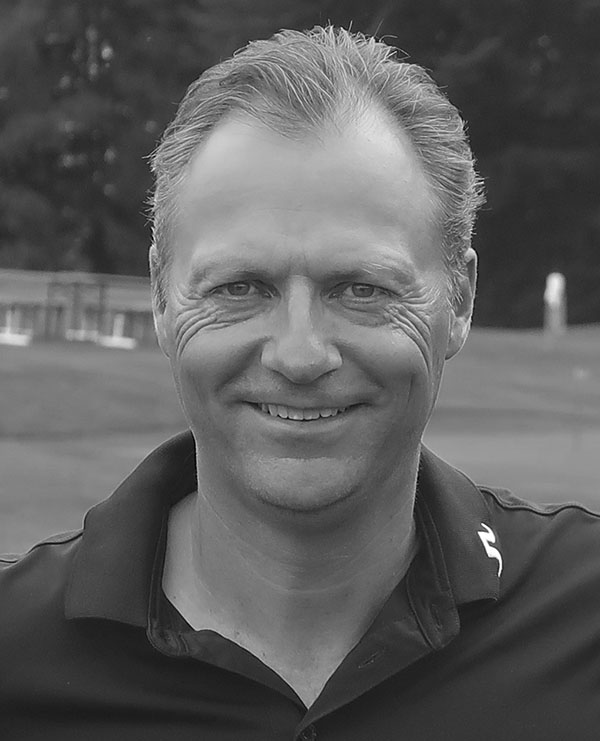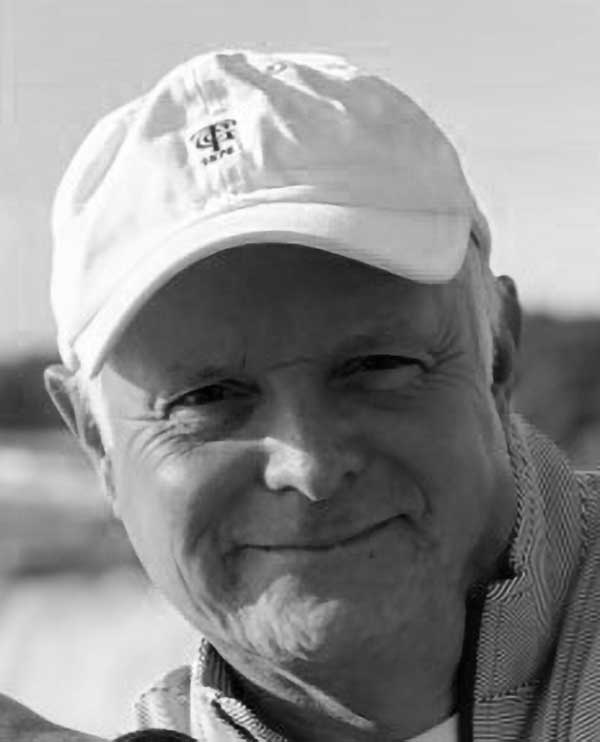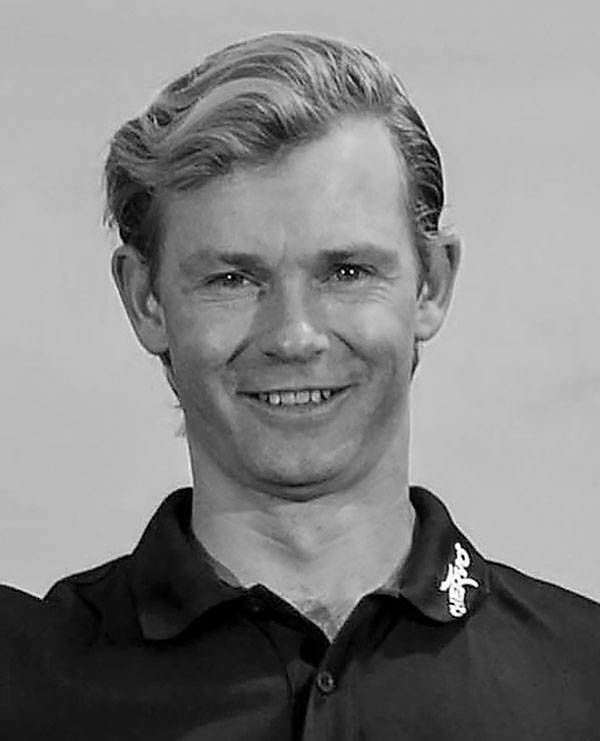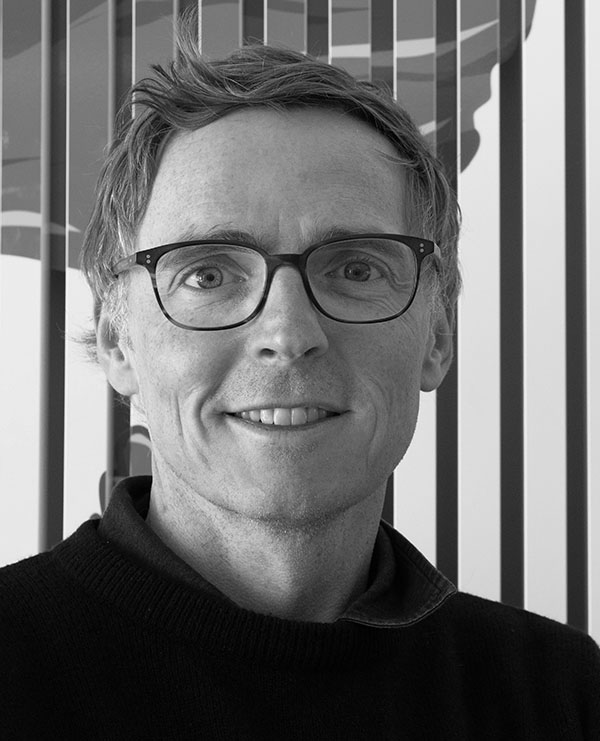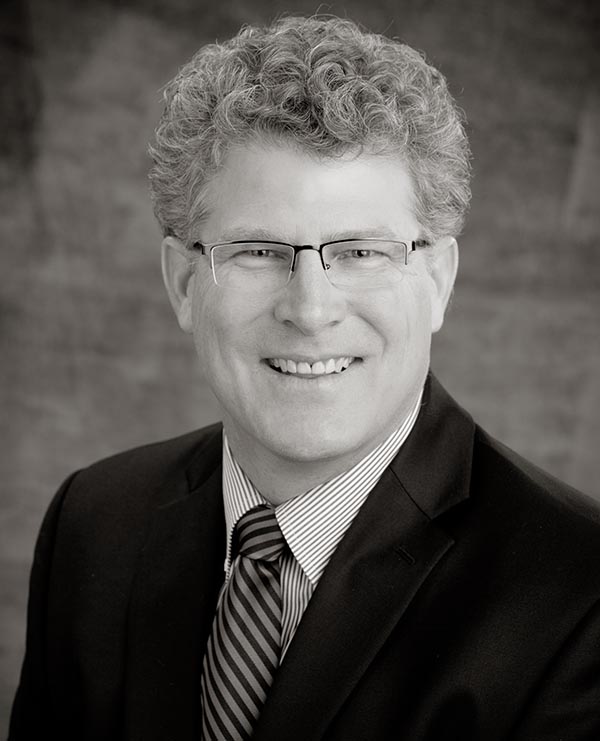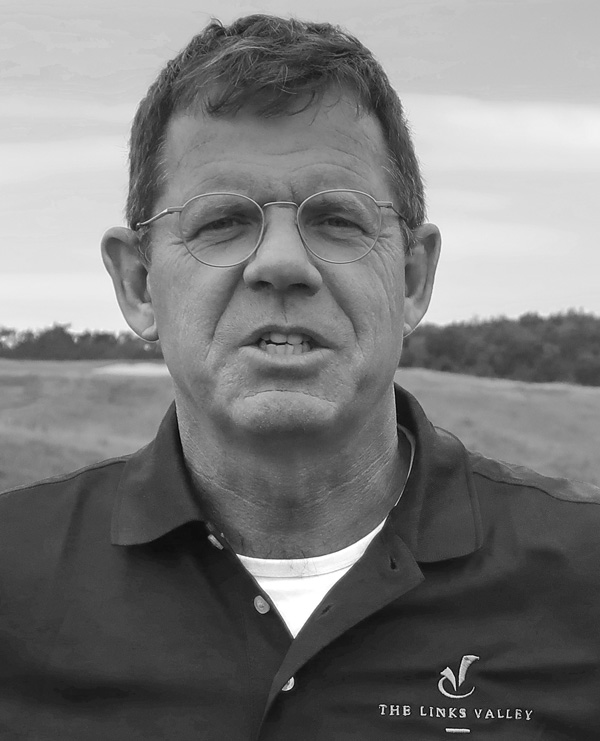
Frank Pont
After qualifying as a civil engineer from Delft Technical University, Frank worked for Shell before earning an MBA from the University of Chicago. This was followed by a career in the consulting sector and investment banking, culminating in him overseeing Deutsche Bank’s global telecoms team in London. To learn more about Frank listen to this podcast
In 2001, he left London to study golf course architecture at Heriot Watt University, Edinburgh. There, his specialist studies were in the work of Harry Colt and Tom Simpson. Thereafter, he undertook apprenticeships with David McLay Kidd in Ireland and Hawaii.
In 2003, he founded his own practice, which has steadily grown in stature ever since. At present, he is working with over 30 Colt, Simpson and Pennink designed courses across Europe in order to help restore their original strategies and styles. Additionally, he has built 7 new courses, one of which, De Swinkelsche, was named best modern course in the Netherlands by Darius Oliver.
Frank is the retained advisor to seven clients in Gold World’s Top 50 Courses for Continental Europe, six of which were originally designed by Harry Colt.
